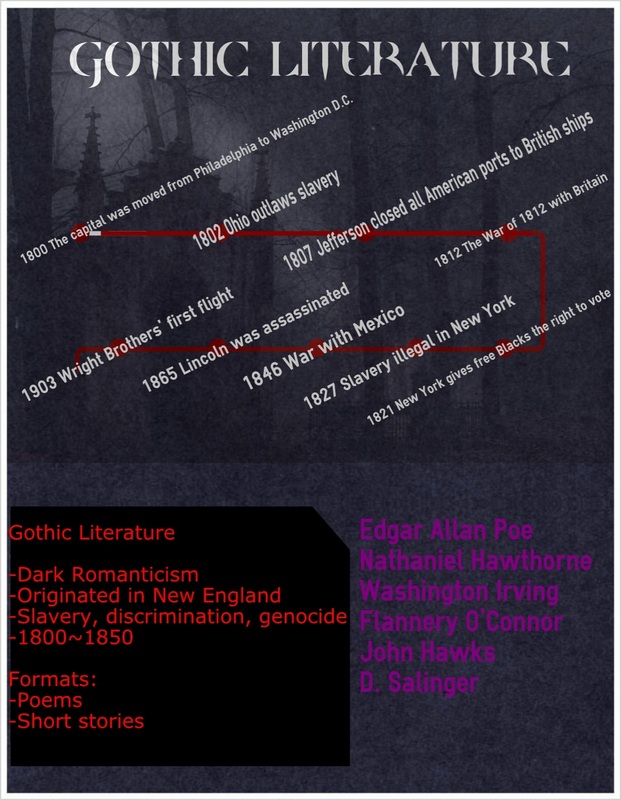

Joseph Mallord William Turner’s “Fishermen at Sea” combines the gloom of a dark night with eerie, captivating moonlight.īecause of its potency and Burke’s gendered views, he viewed the Romantic or Gothic sublime as a more masculine and powerful experience than beauty, which he perceived as feminine, and therefore more fragile and superficial. In a contemporary sense, it could be viewed as watching a train wreck: horrifying, but captivating to the viewer. The sublime questions the stark dichotomy between pleasure and pain because a fear-invoking scene can also cause wonder, an odd sort of delight. Overall, approaching the sublime occurs when a sight or experience is “awesome” or ” awful” in the old meaning of both words: characterized by or inspiring awe, and awe is an emotion containing fear, wonder, and reverence. In regards to the Romantic view of the environment, the sublime can occur when natural grandeur overwhelms an individual to the point of causing fright or a feeling of helpless insignificance. The sublime stems from potent awe and terror that stresses someone’s limits, surpassing all other responses and overloading the recipient in both their revulsion and fascination. According to Edmund Burke, the imagination experiences both thrill and fear through what is “dark, uncertain, and confused.” 1 In setting the sublime apart from beauty, the sublime creates more than a positive, appreciative response to an aesthetic, such as a beautiful painting or sunlit meadow. As stated above, it shows elements of Romantic reactions to human experience while utilizing fear as well. What separates experiencing the sublime from experiencing beauty is the disruption of harmony. The use of terror illuminates how the marginalized, once given a voice, cope with their harrowing predicaments, and reading about these struggles helps foster comprehension and empathy. It is important to look at the sublime in the lens of both the characters’ experiences and the real world contexts that influence them.īeyond identifying the sublime, a crucial part of looking at this technique is seeing how the fears present in Gothic literature factor into real life concerns, such as the enforced roles and restrictions faced by women. In fact, this concept deals with how authors capture their characters’ trauma and fear. In Gothic novels, no matter the setting or villain, the sublime exists as a different experience than appreciating natural beauty.

Examples of Gothic literature range from dark romances to supernatural mysteries. This use of terror is called the sublime, which is an important tool in these narratives. Romantic literature elicits personal pleasure from natural beauty, and Gothic fiction takes this aesthetic reaction and subverts it by creating delight and confusion from terror. Essentially, Romanticism is a reaction against the Enlightenment, a time that revolutionized scientific thought, and emphasizes emotional response and intuition over clinical knowledge. Gothic literature is a combination of horror fiction and Romantic thought Romantic thought encompasses awe toward nature. With ghosts, spacious castles, and fainting heroes, Gothic fiction conveys both thrill and intrigue. The Sublime’s Effects in Gothic Fiction John Martin’s “The Great Day of His Wrath” provokes an eye-popping, apocalyptic view of the sublime.


 0 kommentar(er)
0 kommentar(er)
